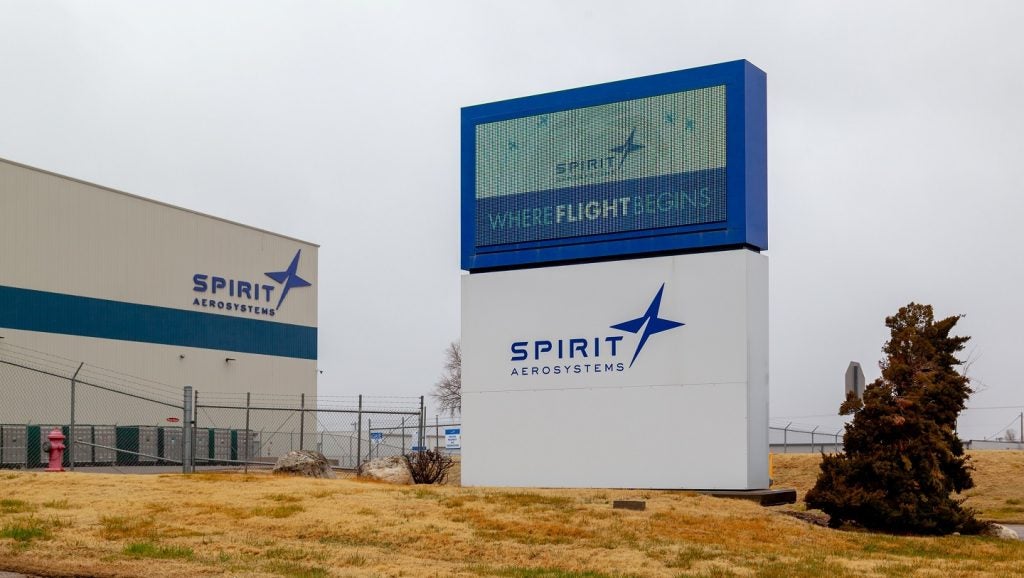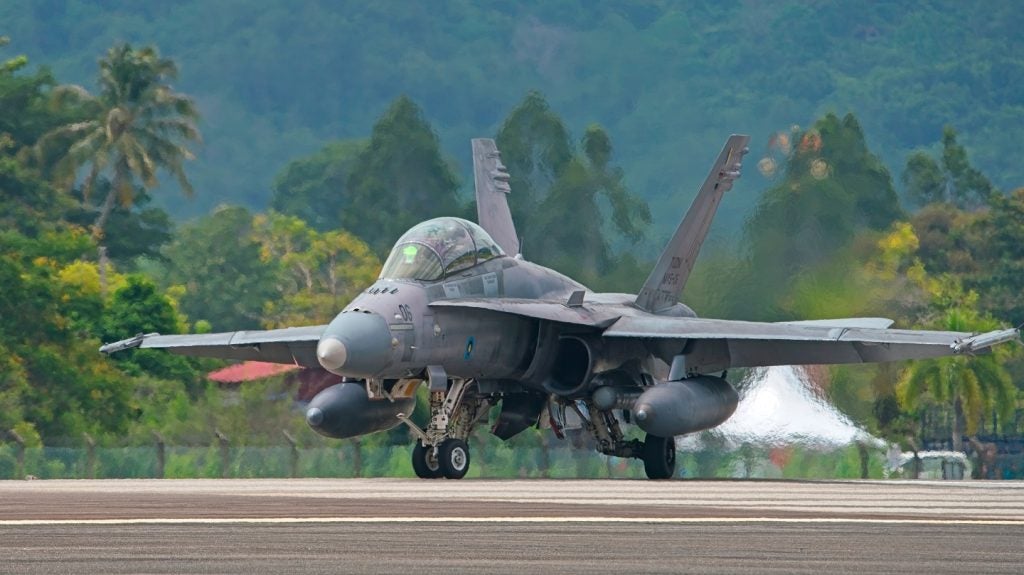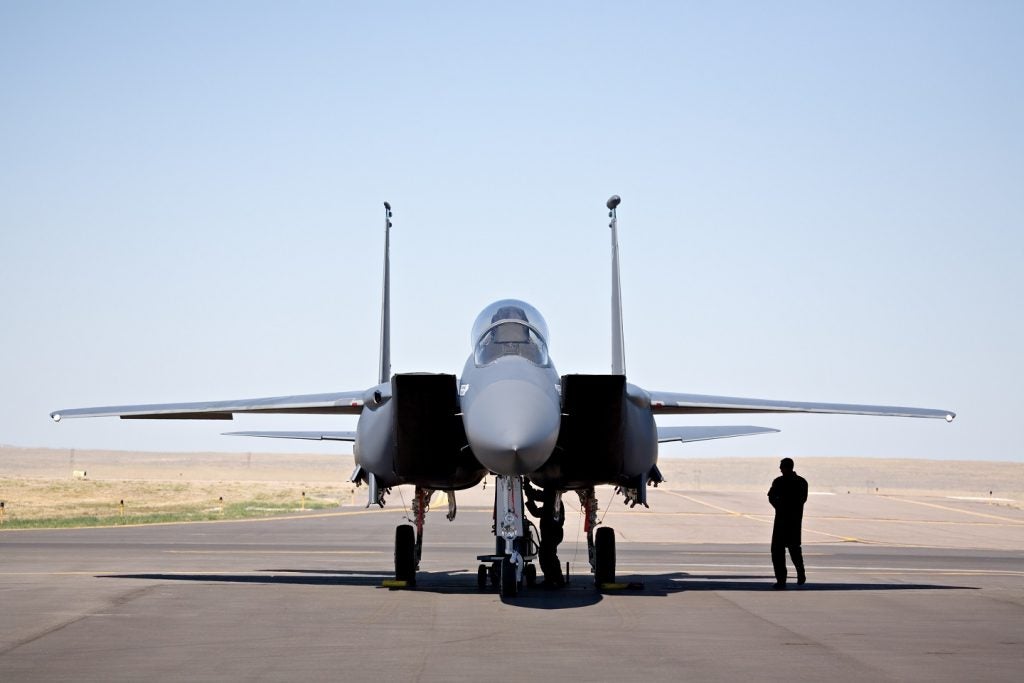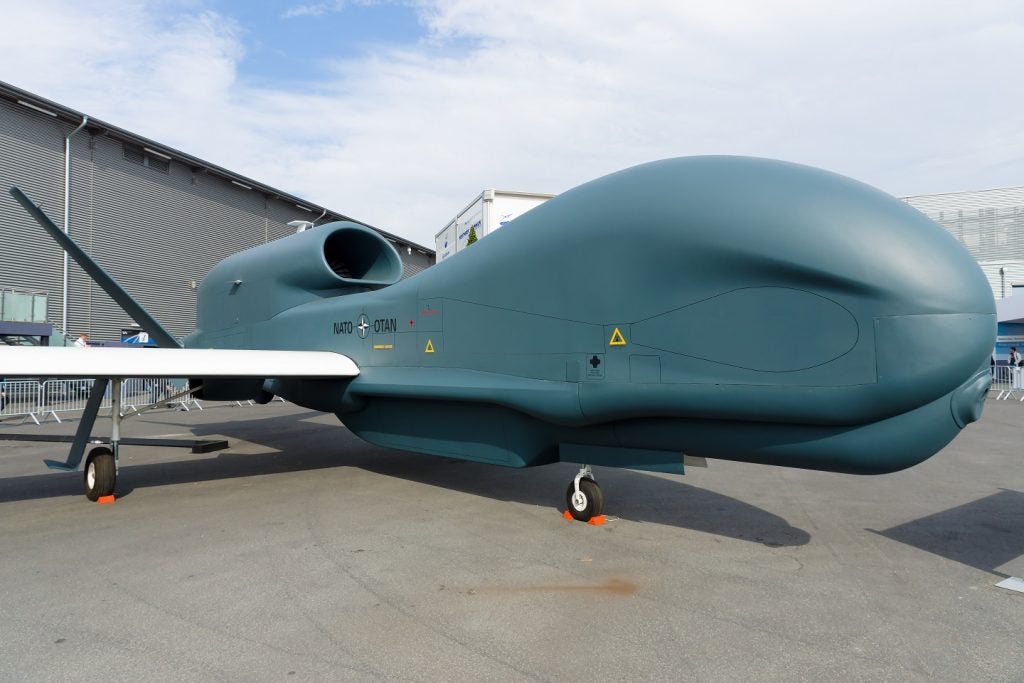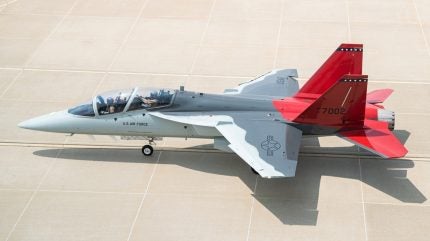
With the US Air Force (USAF) set to induct its new advanced pilot trainer, the T-7A Red Hawk, the original equipment manufacturer, Boeing, has verified the performance of the platform in three evaluation tests.
Boeing demonstrated its performance in harsh climate conditions, the safety of the escape system as well as the software flight control law, which enables the aircraft to reach a 25-degree angle of attack.
“We will continue with flight testing and the next round of escape system testing throughout this year and into 2025,” confirmed Evelyn Moore, vice president and T-7 programme manager.
Red Hawk is a digitally designed, low-risk, live, virtual and constructive (LVC) fifth-generation system used for fighter pilot training. It will replace the 1960s-era T-38 Talon aircraft.
Its digital design allows for cost-effective integration of training capabilities that can improve pilot training for the next generation of fighter and bomber pilots, Boeing championed.
The system uses high resolution ground-based training systems and simulators to deliver robust and realistic integrated LVC training capabilities.
How well do you really know your competitors?
Access the most comprehensive Company Profiles on the market, powered by GlobalData. Save hours of research. Gain competitive edge.

Thank you!
Your download email will arrive shortly
Not ready to buy yet? Download a free sample
We are confident about the unique quality of our Company Profiles. However, we want you to make the most beneficial decision for your business, so we offer a free sample that you can download by submitting the below form
By GlobalDataIts vibrant red tails are a tribute to the Tuskegee Airmen, the first African American military aviators who flew red-tailed fighters during Second World War.
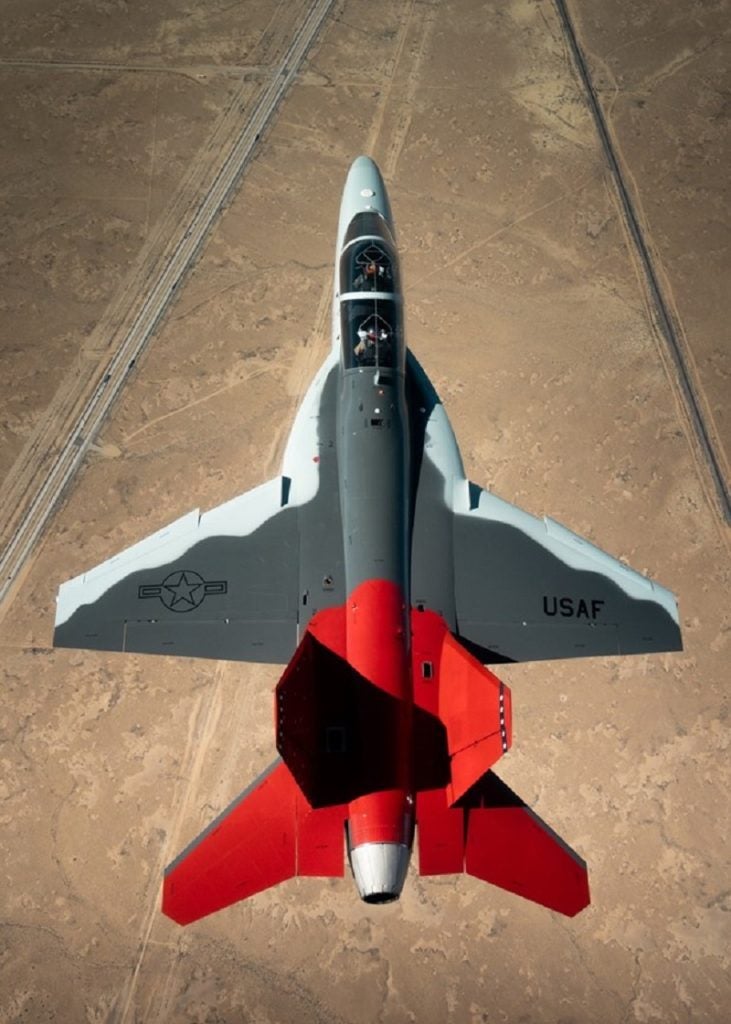
The aircraft completed its first flight – lasting an hour and three minutes – on 28 June 2023, which marked the beginning of the manufacturing phase of the programme. Just over four months later, the first Red Hawk trainer arrived at Edwards Air Force Base in California on 8 November.
In January 2024, Boeing announced that it has subcontracted the Swedish aerospace prime Saab to deliver aft fuselages in a $101.7m deal, which was booked at the end of 2023. These will be constructed at Saab’s US manufacturing facility in West lafayette, Indiana.
While the T-7A continues to progress in testing and flight completions, Boeing is also building a new production line for low-rate initial production (LRIP) of the trainer system.
The company says it will load the first forward and aft fuselages for LRIP mid-year as suppliers are already underway developing parts for production.
Climate, escape and software tests
T-7A APT-3, one of five engineering and manufacturing development aircraft, underwent rigorous testing at Eglin Air Force Base, Florida enduring temperatures ranging from -25°F to 110°F.
This test evaluated the aircraft system’s propulsion, hydraulic, fuel, electrical, secondary power, environmental control, and overall operations in extreme environmental conditions. The aircraft has since returned to St. Louis for testing.
Boeing and the USAF conducted a dynamic sled test in February this year at Holloman Air Force Base in New Mexico.
The test focused on design enhancements in the Collins Aerospace, an RTX business, ACES 5 ejection seat and Pacific Scientific EMC’s canopy fracturing system to reduce the risk of injury.
During the test, the team implemented variable timing to slow down the ejection seat, using the drogue chute and investigated canopy fracturing system patterns. The team is now preparing to move forward with the next round of development testing.
Finally, Boeing also completed development in February of a new software flight control law and since then, has flown the aircraft more than ten times, reaching a 25-degree angle of attack.
Additionally, three of those flights demonstrated the aircraft’s ability to achieve fine tracking while in high angle of attack, a key capability for pilot training. Incorporation of control law 17.5 clears the path for the USAF to start high angle of attack and departure resistance testing at Edwards Air Force Base.



